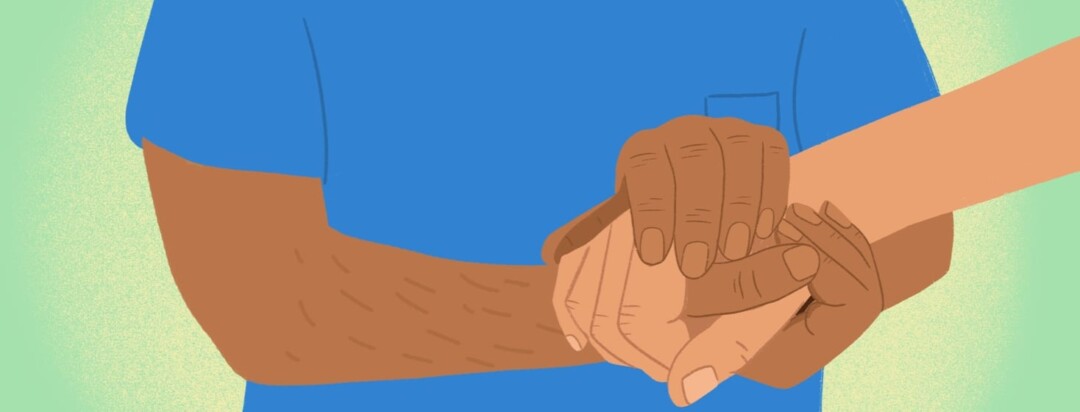Taking Time to Support and Educate COPD Patients
As a dedicated respiratory therapist, a significant part of my role involves caring for inpatients, including those managing COPD. While my primary focus is on inpatient care, working in a small hospital also means taking on outpatient responsibilities. This includes assisting with the placement of Zio patches, devices that monitor heart rhythm for 1-2 weeks, offering valuable insights into cardiac health.
Usually, these outpatient procedures are quick, taking less than fifteen minutes. However, one recent encounter highlighted the importance of going beyond the routine for the well-being of our patients.
Observations and assessments
During a routine outpatient Zio patch application, I called out the name of a 70-ish-year-old man in the waiting room. Accompanied by his wife, who stood by his side, we proceeded to the cardiopulmonary room. Engaging in small talk during the short walk, I noticed his difficulty responding with only short, choppy sentences and audible wheezing, indicating significant respiratory distress.
Upon reaching the room, I observed the patient appearing extremely winded. Taking a moment to assess the situation, I suggested he take his time and rest before the procedure. He sat on the edge of the bed. His wife sat next to him.
As I prepared for the Zio patch application, I decided to check his oxygen levels using a pulse oximeter. To my surprise, his wife mentioned he uses oxygen at home, highlighting the severity of his condition. The pulse oximeter revealed a concerning reading of 79%, emphasizing the need for supplemental oxygen.
"Your oxygen was really low," I remarked. "You need to wear your oxygen when you are moving."
Swiftly, his wife, like a pro, pulled a small green oxygen tank from her bag. Turning it on, she extracted a nasal cannula and gently placed it into my patient's nares. Before she finished, the pulse oximeter had read 92%, highlighting the effectiveness of providing him with supplemental oxygen.
This incident underscored the critical role of quick thinking and support in managing respiratory distress situations. While checking oxygen saturations during Zio patch applications isn't a standard practice for me, this particular situation warranted additional attention. Despite another patient waiting, I chose to invest extra time, recognizing the severity of his condition.
Educational exchanges
As we waited for him to catch his breath, our conversation naturally shifted to COPD. I remarked, "Can you tell I'm a respiratory therapist with all my doting?" My patient's wife smiled and responded, "He has COPD, can you tell?"
My patient asked, "Since you are an expert in this, why am I short of breath?" Despite lacking the ability to diagnose, I proceeded to share several potential reasons for shortness of breath.
While I suspected a possible cardiac issue based on his exertion-related symptoms, I refrained from expressing this hypothesis, acknowledging that I am not a doctor and do not have the authority to provide a definitive diagnosis. Instead, I offered a general overview of factors that might contribute to breathlessness, subtly including "your heart" among them.
Of course, I imagine this is why his doctor ordered the Zio patch. This aspect of my job, the educational component, is incredibly gratifying. Moments like these, where I can provide practical advice alongside valuable information and support, make my role as a respiratory therapist truly fulfilling.
The patient had several more questions about COPD, and I humbly attempted to answer all of them while simultaneously preparing the patient for his Zio patch. Once he was ready, I set up the small sticker with a quarter-sized device on his chest.
Encouraging patient empowerment
As our conversation continued, I commended my patient for posing excellent questions and expressed the importance of actively engaging with his healthcare team.
I suggested that he consider jotting down his questions on a piece of paper and bringing them to his next doctor's appointment. This proactive approach, coupled with his personal experiences and the information he gathered during our discussion, can significantly enhance his understanding of his condition.
It empowers him to have more informed and focused discussions with his doctor, fostering a collaborative effort towards managing and improving his respiratory health.
Having COPD is a learning curve. It sometimes takes time to realize all that you have to do to take care of yourself – such as wearing your oxygen when you are exerting yourself.
What about you?
As someone managing COPD, what are some valuable lessons you've learned on your journey to better health? Share your experiences and insights in the comments below.

Join the conversation